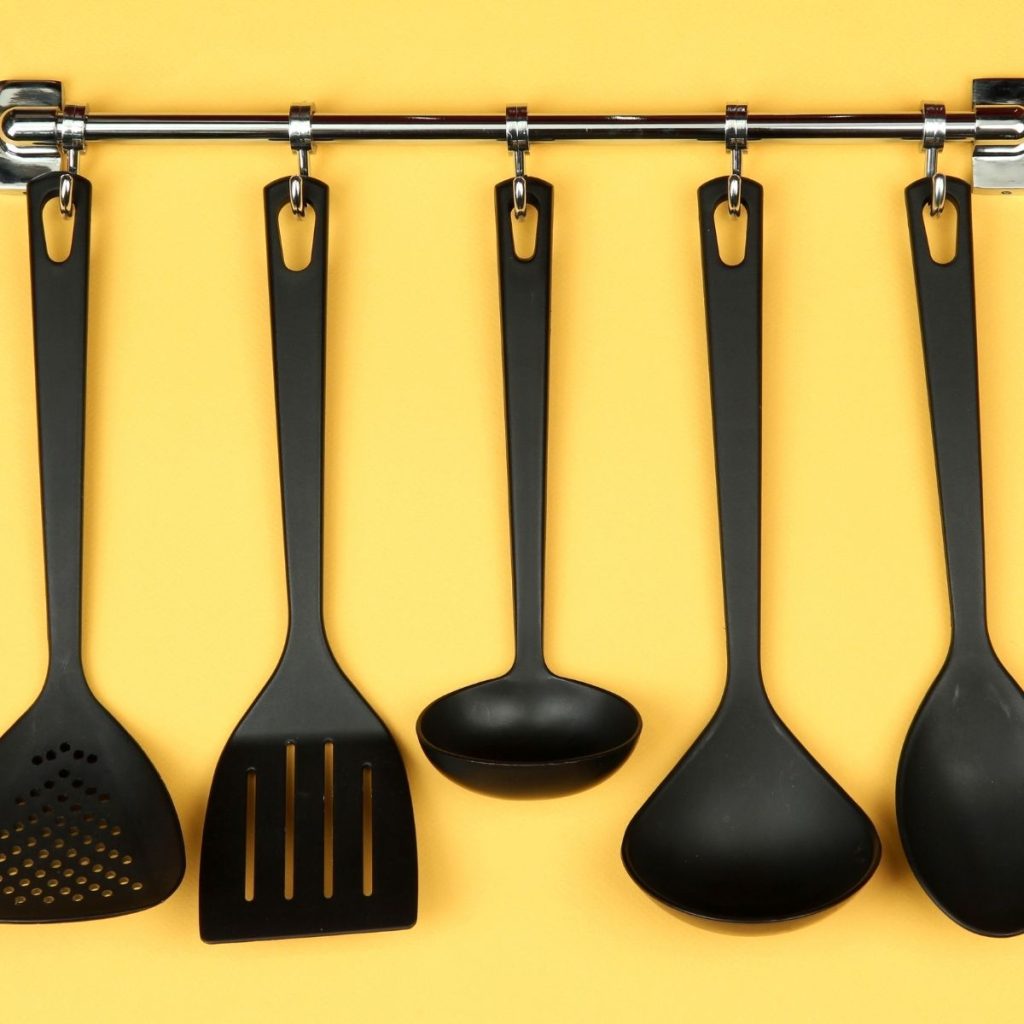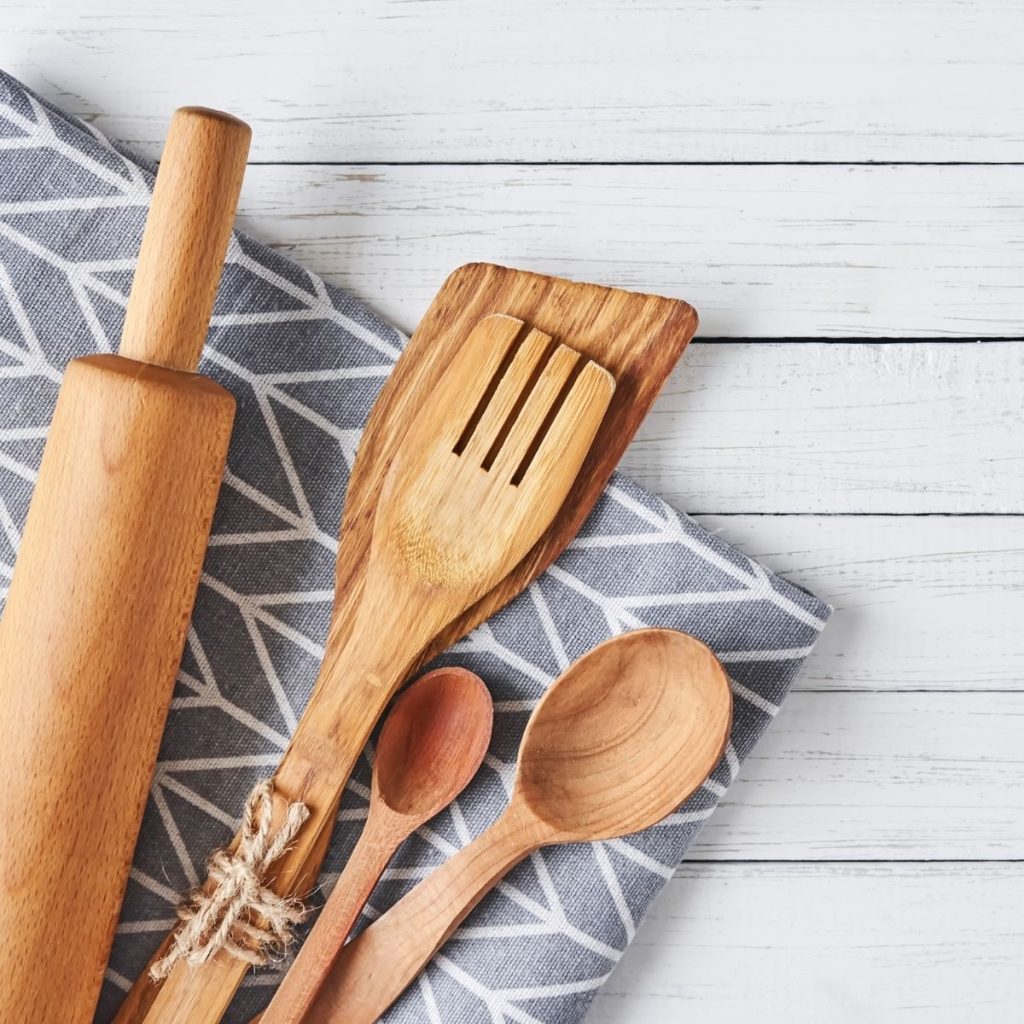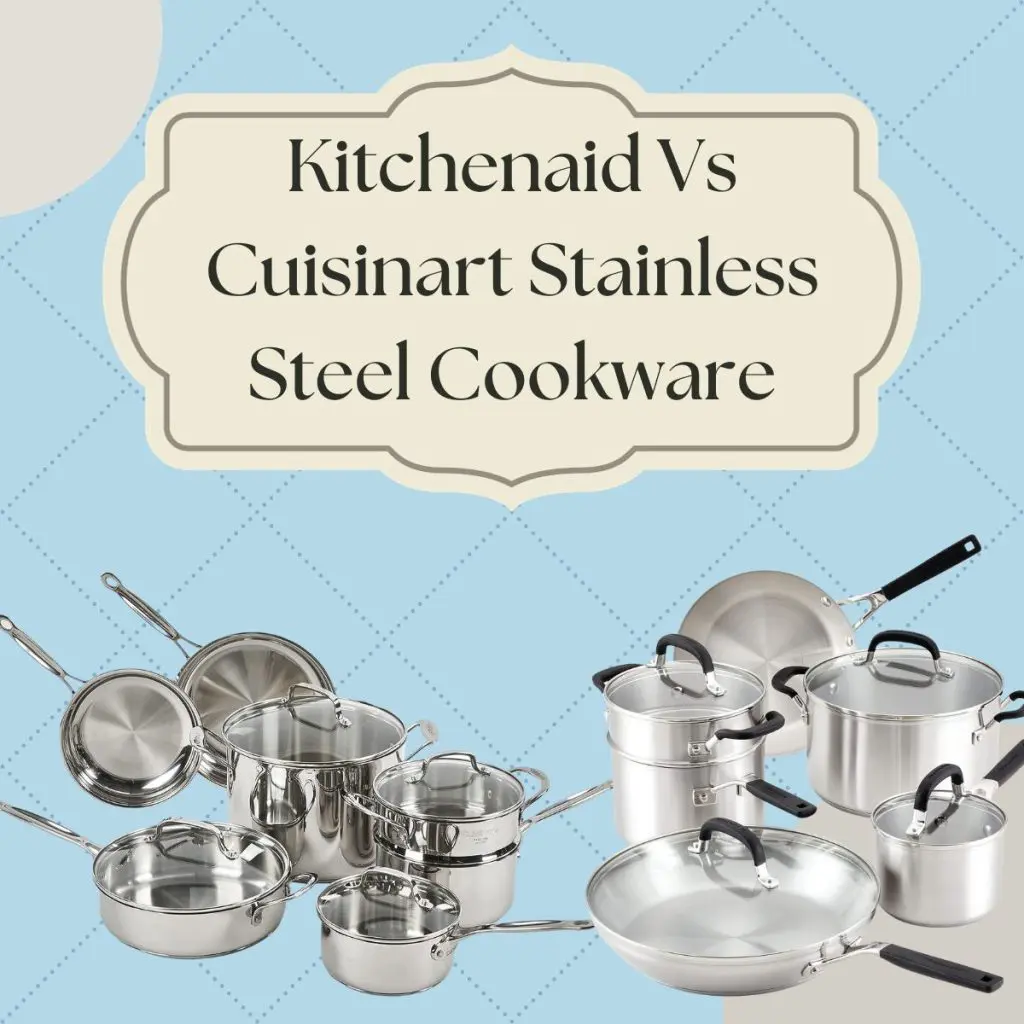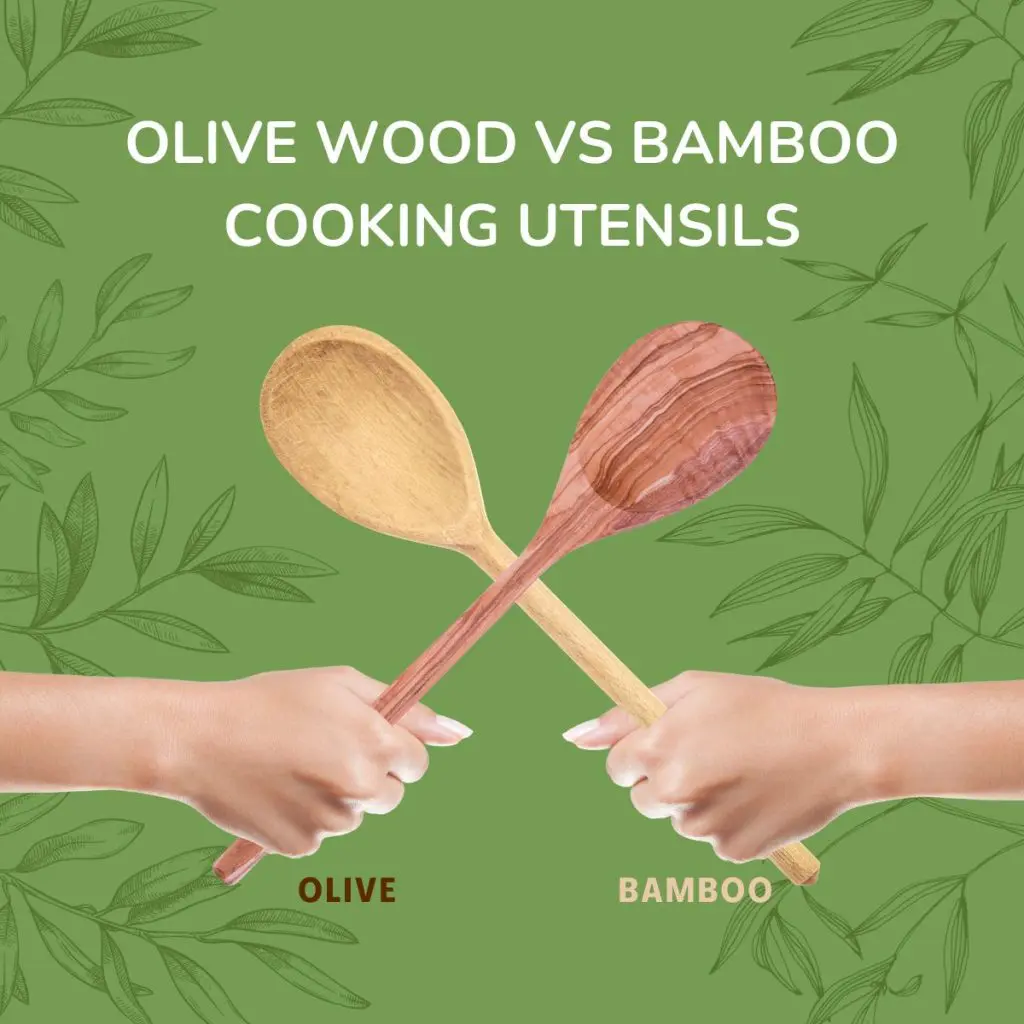Are you struggling to choose silicone vs wood utensils for your kitchen?
Look no further! In this article, we will compare the durability, flexibility, heat resistance, maintenance, and aesthetic appeal of these two popular utensil materials.
By highlighting their unique features and benefits, we aim to provide you with the information you need to make an informed decision.
So, whether you’re a seasoned chef or a home cook, let’s dive in and explore the world of silicone vs wood utensils.
Key Takeaways for Silicone vs Wood Utensils
- Silicone utensils are highly durable and long-lasting, while wood utensils can crack and warp over time.
- Silicone utensils offer flexibility and ease of use, adapting to the shape of pots and pans and being ideal for scraping food.
- Silicone utensils are heat resistant up to 600 degrees Fahrenheit and do not leach harmful chemicals into food.
- Silicone utensils are easy to clean with warm, soapy water, while wood utensils should be hand-washed and not soaked for long periods.
Durability and Longevity

When it comes to the durability and longevity of silicone vs wood utensils, silicone utensils offer a distinct advantage over their wood counterparts. Unlike wood utensils, which can crack, warp, or splinter over time, silicone utensils are highly resistant to wear and tear.
This is because silicone is a flexible and heat-resistant material that can withstand high temperatures without melting or deforming. Additionally, silicone utensils are non-porous, which means they’re less likely to absorb odors, stains, or flavors from the food they come into contact with.
This makes silicone utensils easier to clean and maintain compared to wood utensils, which can retain food particles and oils.
Flexibility and Ease of Use
In a comparison of silicone vs wood utensils, silicone outshine wood utensils with their flexibility and ease of use.
Silicone utensils are designed with a flexible material that allows them to bend and adapt to the shape of your pots, pans, and bowls. This makes it easier to scrape every last bit of food from the edges and corners, ensuring nothing goes to waste.
The flexibility of silicone utensils also makes them ideal for flipping delicate foods like pancakes and omelets, as they can easily slide underneath without breaking them apart.
Additionally, the smooth and non-stick surface of silicone utensils makes them easy to clean and prevents food from sticking, saving you time and effort in the kitchen.
Heat Resistance and Safety

Now, let’s delve into the heat resistance and safety of silicone utensils, building upon the previous discussion.
Silicone utensils are highly heat resistant, making them safe to use in high-temperature cooking. They can withstand temperatures up to 600 degrees Fahrenheit without melting or warping. This heat resistance is due to the silicone material’s ability to retain its shape and integrity even under extreme heat.
Unlike wood utensils, which can char or burn when exposed to high temperatures, silicone utensils remain unaffected.
Additionally, silicone utensils are non-reactive, meaning they won’t leach harmful chemicals into your food. This makes them a safe option for cooking and serving food.
Maintenance and Cleaning
To keep your silicone and wood utensils in optimal condition, proper maintenance and regular cleaning are essential. Here are some tips to help you maintain and clean your utensils:
| Silicone Utensils | Wood Utensils |
| Wash them with warm, soapy water after each use. | Hand wash them with mild dish soap and warm water. |
| Avoid abrasive cleaners and scrubbers that could damage the silicone surface. | Avoid soaking them for long periods as it can cause warping or splitting. |
| Check for any signs of wear or damage regularly. | Apply food-safe mineral oil regularly to keep the wood moisturized. |
| Dry them thoroughly before storing them to prevent mold or mildew growth. | Allow them to air dry completely before storing to prevent bacterial growth. |
Aesthetic Appeal and Style
When it comes to the aesthetic appeal and style of your kitchen utensils, you can make a statement with both silicone and wood options.
Silicone utensils often come in a variety of vibrant colors, adding a pop of fun and modernity to your kitchen. They have a sleek and smooth appearance, with a glossy finish that gives them a contemporary feel.
On the other hand, wood utensils have a classic and timeless look. They bring a warm and rustic charm to your kitchen with their natural grain patterns and earthy tones. Wood utensils also have a unique and organic feel with their imperfect shapes and textures.
Whether you prefer the modern look of silicone vs wood utensils‘ traditional elegance, both options can enhance the aesthetic appeal and style of your kitchen.






Konnichiwa! (Hello!) I'm Pat Tokuyama, a Japanese tofu cookbook author, who travels for music, food, and adventure. If you like Japanese tea, checkout some of the newestorganic japanese tea, matcha bowls and noren and more!
** Curious about the Plant Based Japanese Cooking Club? ** Learn more here!